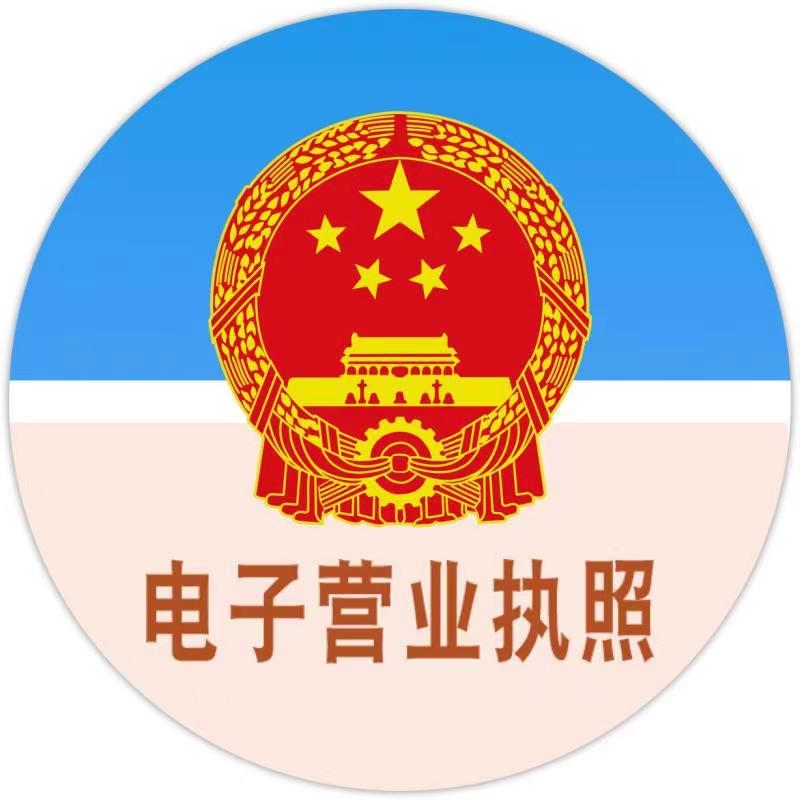Fusion advances in Russia
release time:2023-02-09
The GI Budker Institute of Nuclear Physics of the Siberian Branch of the Russian Academy of Sciences (INP SB RAS) has succeeded in increasing the plasma density at its SMOLA fusion facility by 1.5 times. It also slows the flow of plasma out by a factor of 10. Research in the field of controlled thermonuclear fusion is being conducted using experimental facilities based on various magnetic confinement systems. They all have the same goal - to achieve the temperature, density and plasma closure time needed for thermonuclear fusion.
While many fusion projects, including the International Thermonuclear Experimental Reactor (ITER) in France, use enclosed magnetic traps to trap plasma-called tokamaks, others use open magnetic traps. The INP researchers used several open experimental facilities, including SMOLA, which is an open trap with a helical magnetic plasma confinement. The scientists recently published two scientific papers detailing the results of their experiments in the Journal of Plasma Physics.
One of the advantages of open systems is that they, unlike tokamaks, can achieve a high ratio of plasma pressure to magnetic field pressure. Experts from the INP have successfully achieved a ratio of 0.6 and are working towards uniformity. However, while the geometry of open magnetic traps is simple, similar to a bottle with two necks, they allow for intense plasma outflow at the end holes. To solve this problem, INP developed and built its experimental SMOLA(spiral Magnetic Open Trap) facility.
Senior researcher Anton Sudnikov explains: "The lines of magnetic force in an open trap are not closed, as in a Tokamak, so the plasma remains only in the middle of the device, while at both ends it can flow out. To reduce this flow, magnetic 'plugs' are placed there to increase the magnetic field. At another INP facility, RESIN, a different type of magnetic plug was tried. RESIN differs from other open traps in that at one end we have a screw plug instead of the usual magnetic plug. It is this helical magnetic field that can 'drag' the outgoing plasma back to the center of the trap."
Sudnikov notes: "In recent experiments, INP specialists using a strong helical magnetic field were able to reduce the flow of outgoing plasma to the point that they could no longer record it, and theory predicts that the containment of the plasma should be enhanced in the presence of a helical magnetic field. This is what we observed in our experiment, but the most important result of our experiment is...... The plasma density also increases 1.5 times when a spiral field is added. The dependence is simple: the more the plasma is confined in the trap, the denser it becomes, and the more efficient our entire spiral-constrained multi-mirror system becomes overall."
As a result of the results obtained, scientists were able to make further progress in the study of controlled thermonuclear fusion. Thus, for example, at the thermonuclear parameters of a plasma, it is necessary to make ion collisions and scattering more frequent in order to effectively constrain it in a multi-mirror trap. But under the useful thermonuclear parameters, this doesn't happen - the ion is scattered by other ions too few times to fly through the trap, and then even a spiral field won't pull it back.
Since then, INP scientists have made further advances in controlled fusion using another open trap facility, the GOL-3(corrugated Open Trap). The next important step will be to develop a device that uses a gas dynamic magnetic trap (GDML) to confine thermonuclear plasma. INP hopes that GDML will demonstrate the possibility of designing a compact, economical and environmentally friendly thermonuclear reactor based on an open magnetic trap.
"The letter 'M' in GDML means that the trap will be multi-mirror," Sudnikov said. In the basic version, this is simply a magnetic field confined by a magnetic plug. But if all our new achievements are applied to this project, it will be possible to add a screw plug to the ends of the GDML, just as it was to the RESIN. The results of our experiment make us hope that the screw part will improve efficiency. The size and complexity of the facility will remain the same, but we will increase the density, improve the confinement quality, and as a result, we will get closer to the fusion parameters that we need."
 Service Hotline:133-9305-7858,If you are interested or in doubt, please call!
Service Hotline:133-9305-7858,If you are interested or in doubt, please call!
YuHe Technology - dedicated to serve you!







